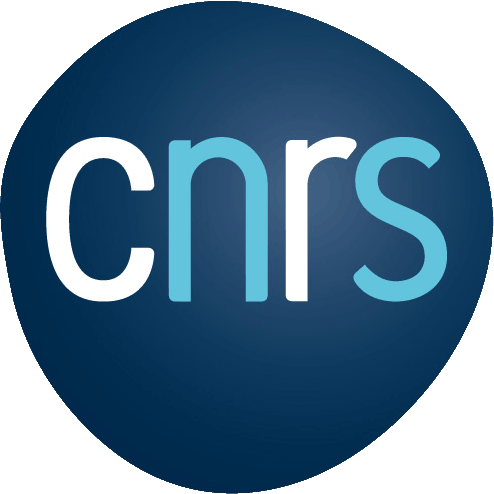Date : 2025-06-02
Lieu : En distanciel à 14h
format 45+15
Lien zoom :
https://univ-grenoble-alpes-fr.zoom.us/j/98838875999?pwd=eDVaQmp3bmdjMC8rbjJUa2d2c2xBUT09
The Era of Big Data in Radio Astronomy
Jeff Wagg (OCA)
Studying the faintest radio emitting objects in the Universe requires large single-dish telescopes, or multi-element interferometer arrays of either dishes or dipole antennas. The most ambitious of these is the international Square Kilometre Array Observatory (SKAO), consisting of two interferometers in Western Australia and the Karoo desert of South Africa. With a 50 year planned operational window, construction of these telescopes has begun, and is expected to be completed by the end of the decade. The data volume produced will approach an exabyte per year at full operations, necessitating a paradigm shift in the way we calibrate and image our data sets. In advance of the SKAO, pathfinder and precursor telescopes such as MeerKAT, LOFAR2.0, and ASKAP, are already generating large volumes of data and helping us to better prepare for, and understand the challenges.
I will summarize the science cases, design, and expected data processing for the SKAO telescopes. The data processing model incorporates a global SKA Regional Center Network (SRCNet) with nodes hosted by several host countries. In France, we are contributing to this development and I will summarize some of the work and also give a preview for how we expect to support the French community in the future. I will also describe a European Commission funded project called SPECTRUM, which involves researchers and data infrastructure providers from the European radio astronomy and high energy physics community. The ambitious goal of SPECTRUM is to produce a technical blueprint and strategic roadmap for exabyte scale computing in the era of SKAO and upgraded experiments at CERN.
Notre site web : www.madics.fr
Suivez-nous sur Tweeter : @GDR_MADICS
Pour vous désabonner de la liste, suivre ce lien.

